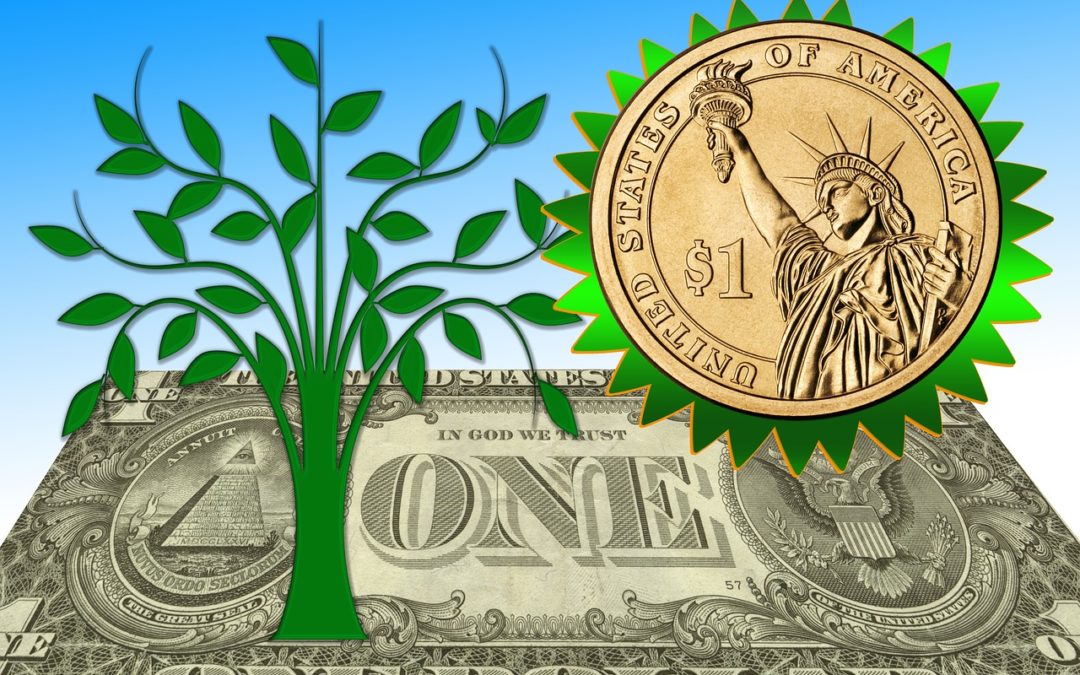We’ve written before about the phenomenon of “Green Bonds,” the idea of borrowing money for environmentally beneficial projects and attaching the “green” label. The idea is that environmentally conscious investors would be willing to pay a little extra for bonds, whether issued by local governments or corporations, if they knew the bond proceeds were going to help clean up wastewater, manage stormwater, clean up rivers, or the like. A “green bond premium”, however, did not appear at the dawn of the green bond age, and recent scholarship indicates that’s not changing. Investors have not been willing to pay more for green bonds.
A paper by two Stanford professors, summarized and available here, found
compelling evidence that the so-called “greenium”—the premium that Green assets trade to otherwise identical non-Green securities—is exactly zero.
Are there, then, any reasons why an issuer would want to go to the trouble of pulling out and labelling a portion of a bond issue as green bonds? We can think of at least two reasons:
1) Signaling to higher-level policymakers. As the issuance of labelled Green Bonds increases, state and federal policy makers (and their constituents) may become more aware for the need for funding a wide variety of environmentally sensitive project which may lead to separate policy changes providing more direct advantages for these types of projects. For example, the federal government (through USDA) and the State have developed low-cost loan programs for water and wastewater projects. Perhaps growth in Green Bonds will lead to expansions in the scope of projects qualifying for subsidized financing programs.
2) Signaling to other stakeholders. Whether you’re communicating with your own local government’s constituents or with other local governments, you may find it beneficial to promote the fact that you are using your borrowing capacity for environmentally responsible projects.
Yet while these may be important reasons, they aren’t dollars-and-sense, bottom-line reasons. Ultimately, at this time, there seems to be no direct financial benefit for issuing Green Bonds.
At least not for issuers.
The same study cited above includes two other conclusions that show some people are making money in Green Bonds industry.
First, the authors refer to the “increasingly common practice” of issuers using third parties to deliver a stamp of approval for a green bond issue. Those arbiters of green bond status, of course, charge a fee ranging from $10,000-$50,000 for their green certification.
More impressively, the paper states that even after controlling for credit quality and length of the loan,
investment banks appear to charge on average approximately 10% more for the issuance of Green bonds.
So, yes, there is money in green bonds, it’s just not going to local governments.
******************************
Click here to learn more about our public finance practice and click here for our disclaimer.
Our previous post — https://shlawgroup.com/whats-green-bonds/

